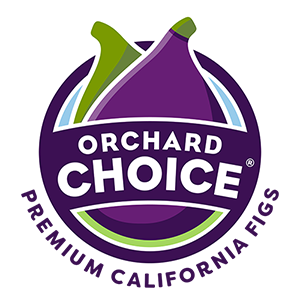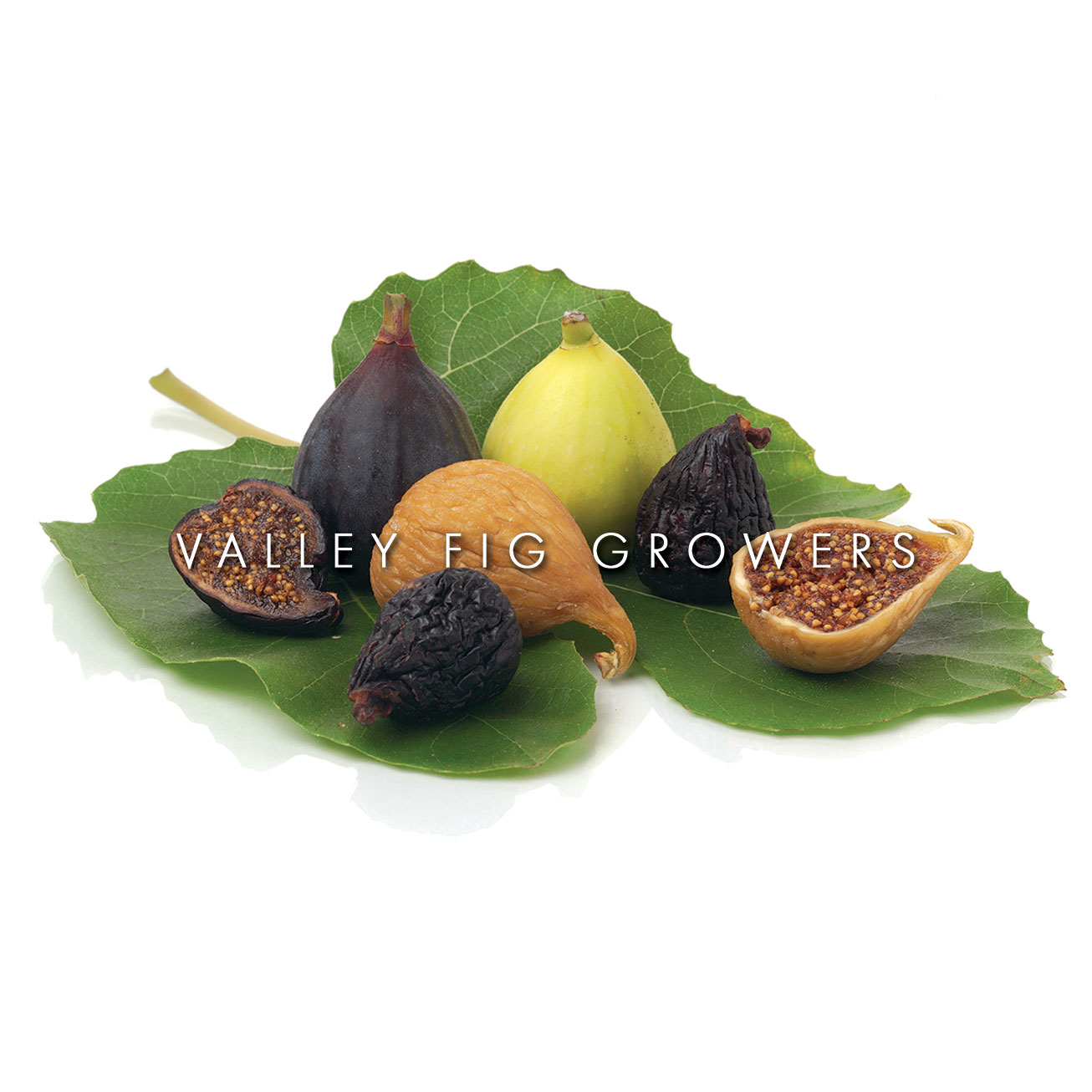What You Should Know About the Fiber in Figs
How Much Fiber is in Dried Figs
California Dried Figs are an excellent source of dietary fiber. About 3 to 5 figs, depending on the variety, provides 5 grams of dietary fiber or 20% of the Daily Value. Ounce-for-ounce dried figs have more dietary fiber than most other common fruits.
Is Figs Fiber More than Prunes
One (100 gram) serving of dried figs has 10 grams of fiber in it versus the same serving size of prunes which has 7 grams of fiber.
Why is the Fiber in Figs Important?
The fiber in figs is both soluble and insoluble, meaning the natural sugars in figs break down slowly over time. Fiber not only helps keep us full, but helps stabilize our blood sugar levels, while also helping maintain healthy bowel movements.
Fiber is a “nutrient to get more of.” In addition to aiding in digestion, fiber has a number of other health-related benefits. These benefits are especially effective when you have a high fiber diet that is also low in saturated fat, cholesterol, trans fat, added sugars, salt and alcohol.
- Eating a diet that is low in saturated fat and cholesterol and high in fruits like figs, vegetables, and grain products that contain some types of dietary fiber, particularly soluble fiber, may help lower your cholesterol and reduce your chances of getting heart disease, a disease associated with many factors.
- Healthful diets that are low in fat and rich in fruits and vegetables that contain fiber may reduce the risk of some types of cancer, including colon cancer, a disease associated with many factors. In addition, such healthful diets are also associated with a reduced risk of type 2 diabetes.
- Fiber also aids in the regularity of bowel movements and preventing constipation. It may help reduce the risk of diverticulosis, a common condition in which small pouches form in the colon wall. This condition often has few or no symptoms; people who already have diverticulosis and do have symptoms often find that increased fiber consumption can reduce these symptoms. It’s also important to note that if the pouches caused by diverticulosis rupture and become infected, it results in a more severe condition called diverticulitis.
Soluble versus Insoluble Fiber: What It Does
Fiber comes in two forms — insoluble and soluble. Most plant foods contain some of each kind.
- Insoluble fiber is mostly found in whole-grain products, fruits and vegetables. It provides “bulk” for stool formation and helps wastes move quickly through your colon. A 40-gram serving of California Dried Figs provides 3.5 grams insoluble fiber.
- Soluble fiber is found in many fruits and vegetables, peas, beans, oat bran, whole grains, barley, cereals, seeds, rice, and some pasta, crackers, and other bakery products. It slows the digestion of carbohydrates, and can help stabilize blood sugar if you have diabetes. In addition, it helps lower “bad cholesterol.” This, in turn, reduces the risk of heart disease. A 40-gram serving of California Dried Fig provides 1.38 grams soluble fiber.
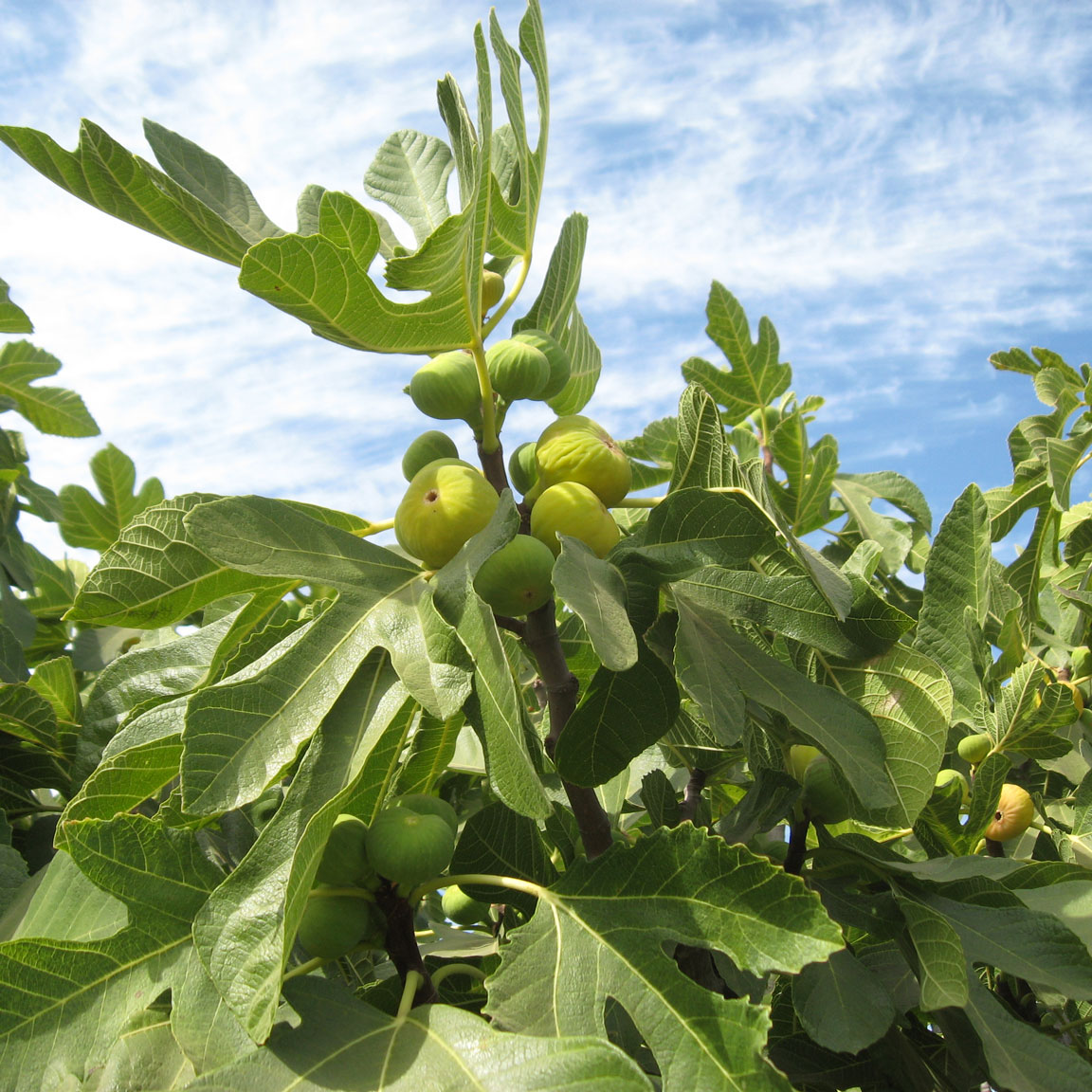
What You Should Know About The Fiber In Figs
Fiber, or "dietary fiber," is sometimes called "roughage." It's the part of food that can’t be broken down during digestion.
Read More ->
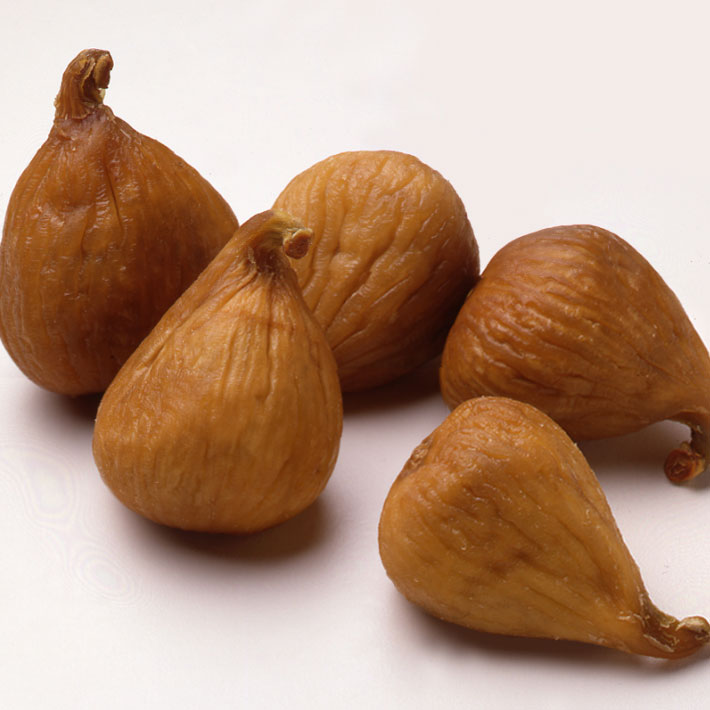
How Much Fiber Do I Need?
Most Americans don't get nearly enough fiber, often consuming less than half of what is recommended.
Read More ->
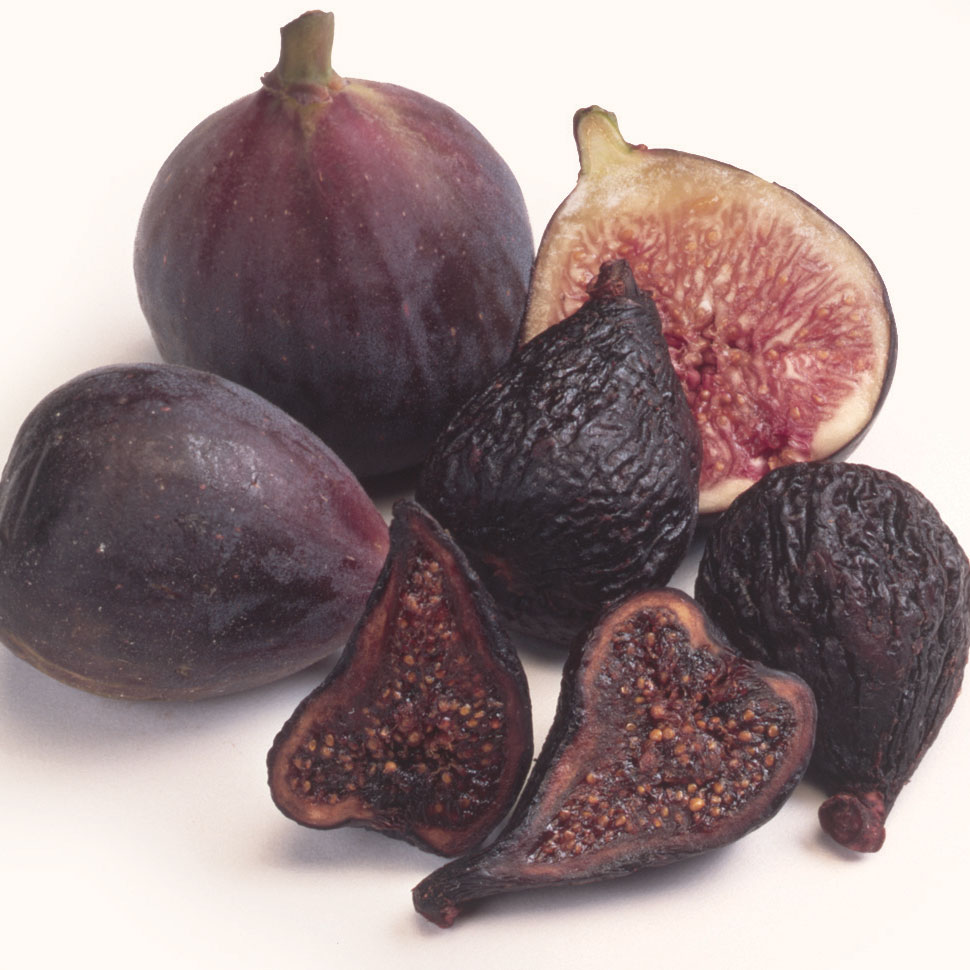
Simple Ways To Add Fiber With Figs
It's easy and tasty to add fiber to your diet throughout the day with California Dried Figs. A few here, and few there, it all adds up.
Read More ->

Try These Fiber-Rich Fig Recipes
Figs add flavor and fiber to a wide variety of dishes. Our recipes are kitchen-tested and feature California Dried Mission and Golden Figs
Read More ->
